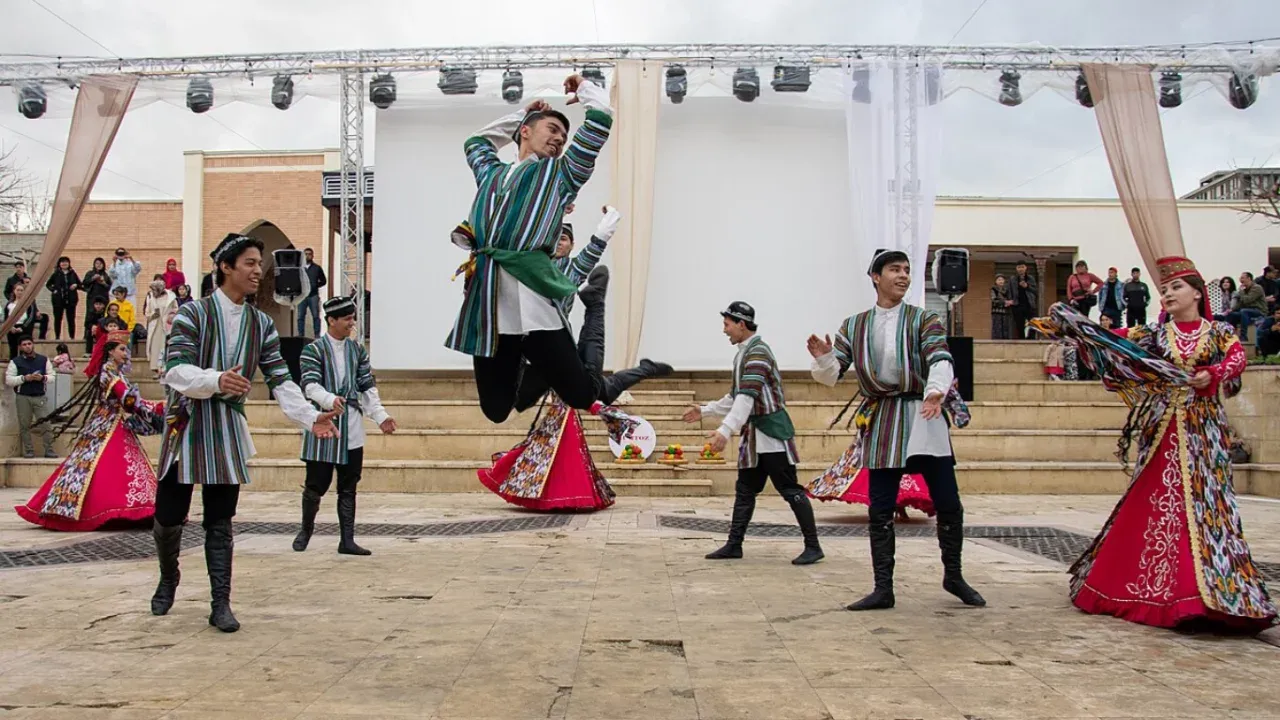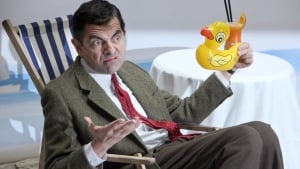
Among Uzbek folk dances, the “Andijon polka” holds a special place. This was reported by Zamin.uz.
This dance is widely known and lovingly performed not only in the Fergana Valley but throughout Uzbekistan. The cheerful steps, lively music, and sincere movements of the dance evoke a joyful mood both in the audience and the performers.
The history of the “Andijon polka” dates back to the late 19th century. At that time, the widely popular “polka” dance in Europe entered Turkestan through Russia.
The local people adapted this dance to their culture and musical traditions, giving it a unique national spirit. Thus, the national dance form called “Andijon polka” was formed and became popular among the people.
This dance reflects the love, hardworking nature, and boundless affection for life of the people of the Fergana Valley. The dance is usually performed accompanied by traditional musical instruments such as the dutar and doira.
Its fast and cheerful rhythm awakens feelings of joy and pleasure in people. The dance movements harmonize soft steps with playful movements of the shoulders and hands, expressing the joyfulness of life.
In some cases, the gentle movements of male and female couples demonstrate mutual respect and sincerity. Over time, the “Andijon polka” has also been adapted for stage performances.
In the 20th century, it was reworked by professional choreographers and included in ensemble repertoires. Nevertheless, it has retained its original joyful spirit at folk festivals, weddings, and cultural events.
Today, the “Andijon polka” is valued not only as a national dance but also as a vivid symbol of the people's spirit, joyful mood, and love.







